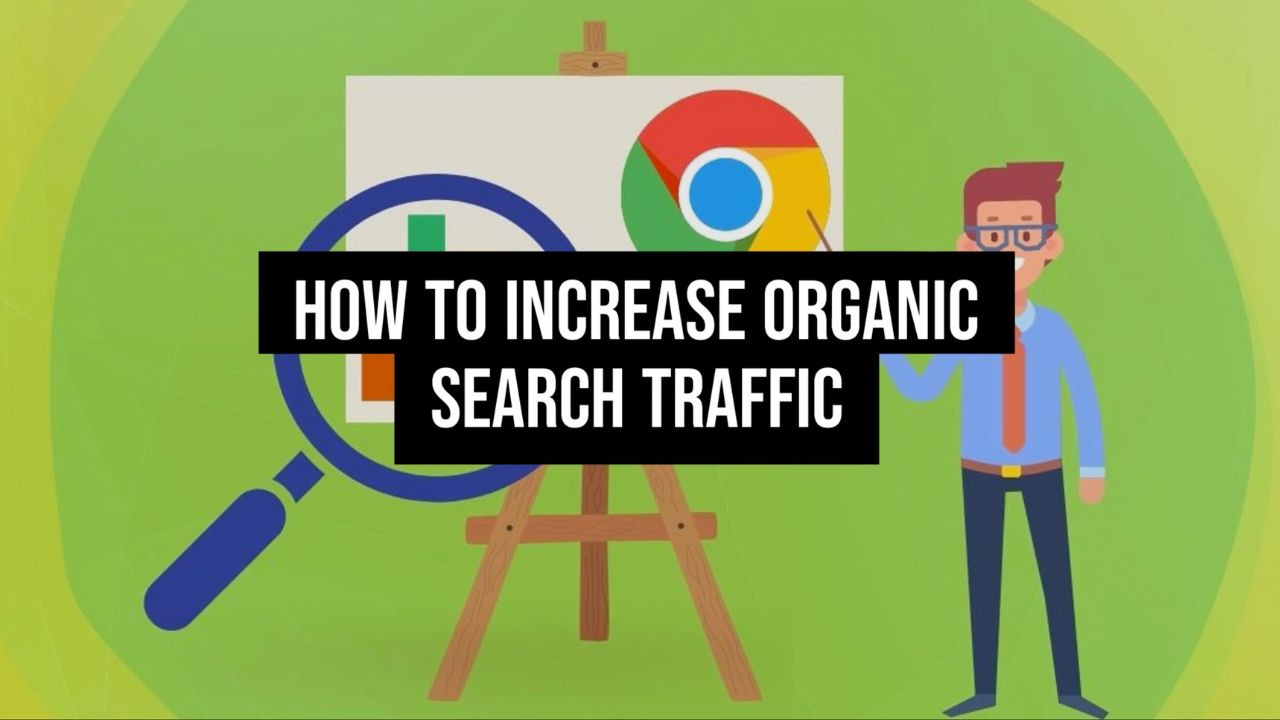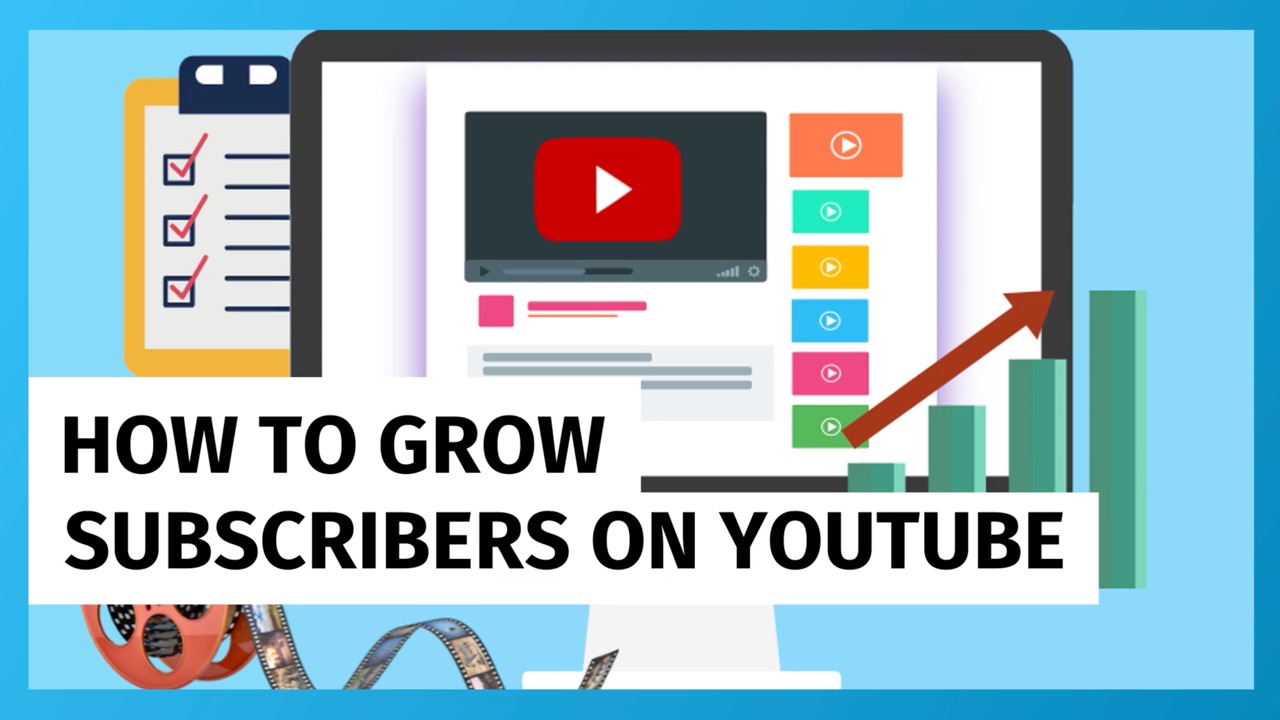Knowing how to increase organic search traffic is essential.
With ad costs continuing to rise, along with privacy changes that make it harder to track their effectiveness, organic traffic plays a key role in customer acquisition.
So how do you actually approach it?
This post details exactly how to increase organic search traffic, with 13 proven strategies you can start to put into action today...
13 Ways to Increase Organic Search Traffic
1. Start Blogging
This post largely assumes your site already has a blog to which new content can be published—but if not, that’s the first step, and needs addressing urgently.
If you’re looking to grow organic traffic from search but aren’t yet blogging, you have a huge opportunity in front of you to start doing so.
‘Cause that’s how organic traffic is built.

The truth is...
- Businesses that blog get 67% more leads than those that don’t.
However, don’t expect an overnight home run.
It can take:
It’s also hard work.
I don’t want to sugar coat it and give you unrealistic expectations.
But this is also where the opportunity lies.
The work involved is why many give up after just a few posts, disillusioned by the lack of early results, and jumping to the conclusion that it therefore “doesn’t work”.
But keep going a little longer, and within just a year you can be attracting thousands of new visitors a month.
Within two or three, that can be tens of thousands a month.
The gold is to be found after the point at which most give up and go home… 🥇
Later, I’ll tell you how your blog can be used to increase organic search traffic to other pages on your site, including your frontend sales pages.
2. Publish New Posts Regularly and Consistently
Once you start blogging, you have to keep going.
And that means keeping to a consistent schedule.
For example, this particular blog started publishing consistently from early January 2021.
In the years since, we've published a new post every week without fail at 2am UTC on a Friday.

With consistent, regular activity, and within one of the most competitive niches, it’s generating thousands of organic visitors from search a month, and continuing to climb. 📈🔍
I’ve ran previous blogs for years on this type of regular, consistent schedule, growing over time to attract tens of thousands a month.
Google values this type of regular, rather than sporadic, activity. It helps indicate that you operate professionally, and that the information you provide is likely to be authoritative.
And, if you’re the one creating the posts, the consistent activity means you hone your craft, get better at it, and improve your results over time.
One of the major challenges in keeping a consistent schedule with blogging is knowing what to write about.
But actually, your market will tell you what they want to know about—this post tells you how, along with 101 business blog post ideas.
Another common question relates to how long your blog posts should be to maximize search traffic—here are some answers.
3. Do Effective Keyword Research
To increase organic search traffic, the content on your blog has to match what people in your market are searching for.
After all, there’s little point in creating content that isn’t.
And that means doing effective keyword research.
In other words, you’re:
- Researching what people type into Google
- Seeing what the demand is (how many people are searching for those keywords each month)
- Seeing what the supply is like—how much content already exists for those keywords, and what type of content is out there.
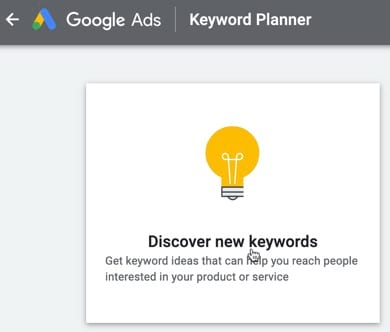
You might find a keyword that thousands of people are searching for each month, but only a few thousand pieces of content currently exist to meet that demand.
With the proper optimization (more on how to do that below), that makes it easy to rank for.
But a slightly different keyword might have fewer people searching for it, and far higher competition.
Effective keyword research provides the slight shift that magnifies your results significantly.
There’s not the space here to go into keyword research in depth, but I’ve written about it previously. Here are a few resources I’d recommend diving into:
4. Make Your Content as Valuable as Possible
Google wants to send its users to content that provides as much value as possible for what they are searching for.
That’s how they’ve become the dominant search engine—over 90% of searches are now done on Google.

So the more value you can provide to your visitor on the topic of your post, the higher you’ll rank over time.
Google has a number of ways to judge this.
One that can result in lower rankings involves someone clicking through on a result, only to then immediately return and click through on another. It indicates a lack of value or relevance for the keyword in question.
In contrast, if someone clicks through on a result and stays there, that sends a different, more positive message.
Your job is to encourage the visitor to stick around once they reach your website from search, such as through the use of images to help engage them (here are some free and paid stock photo sites you might like to keep to hand).
You’ll discover some other ways to do this in other sections of this post, as well as some things to avoid.
The main message here is, first and foremost, to serve your visitor.
With each post, ask yourself the following question:
- “Is this the most valuable resource available on this topic?”
By creating content for which you can answer a confident ‘Yes’ to that question, you can’t help but rank well for it.
Old practices to grow rankings like keyword stuffing and writing for the search engines rather than real visitors are ancient history, and will only work against you.
Create value for Google’s users, and Google will reward you appropriately.
5. Optimize Your Content for Search Engines
Optimizing your content doesn’t involve any sneaky backhand techniques to try to get Google to rank your content highly when it doesn’t otherwise deserve to be there.
SEO is simply about working with Google to help them understand what the content is about so that they can rank it appropriately.
That’s it.
Here are seven key ways to do that...
More detail about each of these can be found in this previous post, where I outline the exact process we use to attract several page one listings on Google for this blog:

Some final tips:
- Set up Google Search Console for advice directly from Google on how to improve your rankings
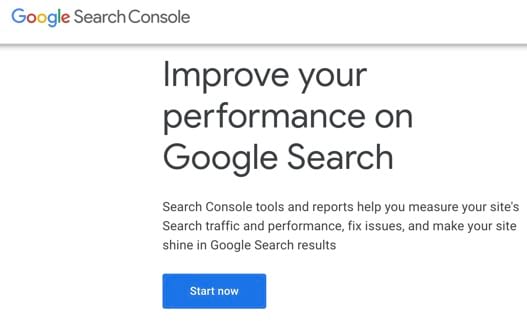
- Check out this post on how to get your website on Google’s first page
- Every now and then, run an online SEO analysis report on your site to see how you can improve things further.
6. Add Internal Links Between Posts
One key way to help Google understand what different posts on your blog are about is to interlink between those posts, using appropriate keywords.
You’ll find plenty of examples of that on this blog!
WordPress and other blogging platforms do this to some extent already through their in-built navigational structure.
But that needs to be supplemented by internal in-post links too.
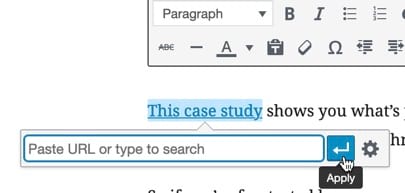
That doesn’t always mean using the exact focus keyword as the link. In fact, you shouldn’t do that, as it can mean over-optimization, which Google can flag as a negative signal.
Instead, if you’re talking about something that relates to some other post, just link to it in a natural way, somewhere within the sentence.
Google looks at the context of a link—in other words, the meaning of the words around the link itself—to help judge what that page you’re linking to is about.
So linking phrases such as ‘click here’, ‘this previous post’, and so on are all fine, where the other words relate to the post in question and have some relevance to the keyword.
Here’s a link on a previous post about submitting infographics, where I linked through to a post that tells you how to create one:  Google understands these kinds of in-context links, which help give it a rounded picture on what a particular post is all about.
Google understands these kinds of in-context links, which help give it a rounded picture on what a particular post is all about.
7. Add (and Attract) External Links Back to Your Content
As well as internal links, links from other sites will also help increase your rankings, including passing on some of the authority of those other sites to your own.
Personally, I’ve never invested much time in reaching out to other sites directly to request links, and have instead always preferred:
- Attracting links naturally over time from other blogs—this just happens with consistent blogging, and accelerates as your rankings improve and you become a more authoritative site to link to
- Growing links by publishing content on third-party sites—more info on this next.
8. Grow Content on Third-Party Sites
There are multiple third-party content platforms available that you can freely publish content on and link straight back to your blog or other pages on your site.
You’ll find most of these are no-follow, in that they provide little or no direct benefit for SEO purposes.
But they do attract indirect benefits, such as people clicking through to your blog from these other sites (and potentially signing up to your list), and then choosing to link to it in future simply through familiarity.
Rather than go into detail here, this blog has previously covered these other platforms extensively—check out the following guides:
9. Improve the User Experience
Google wants to send its users to sites that offer a positive experience, and don’t cause the user to click back to search in order to find a different result.
If the user experience on your website is currently lacking in some areas, improving it can provide some quick wins in terms of increasing your traffic from organic search.
Some key areas to focus on include the following:

10. Embed Relevant Video Content
The most engaging type of content is of course video—and Google loves sending visitors to sites that contain it.
If you’re already growing content on third-party sites (see (8) above), and video is part of that mix, embed relevant video back on your site within appropriate blog posts to offer more value to users.
With the appropriate tools, it needn’t be difficult or particularly time consuming to create either.
11. Be Active on Social Media
Social media doesn’t impact your organic search traffic directly—but it does impact the amount of traffic you attract from search indirectly.
There is a lot of correlation between the amount of social shares you get for your content, and your SEO rankings.
That’s not causation—but, as this infographic from LyfeMarketing helps illustrate, it definitely plays a role.
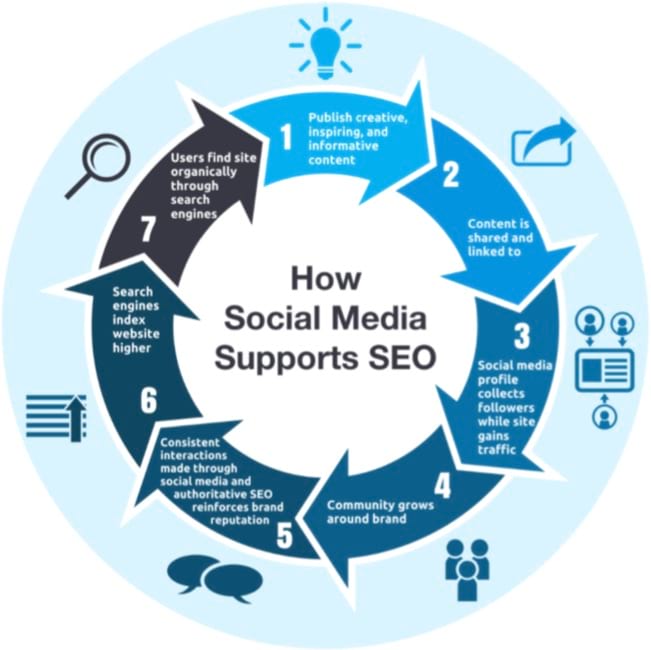
The first rule is to make it easy for people to share (and reshare) your content, including discovering it on social media.
Here are some resources that can help:
Second, the growth of your own followers on different networks will help drive up the amount of attention your content receives, and the benefits you indirectly get on search.
Here’s some information on how to grow your followers on some of the main social networks:
12. Have a Process for Regularly Updating Older Blog Content
Of course, as you create an increasing amount of content, your older content steadily becomes less relevant and more outdated.
That potentially means it can become trumped by newer, fresher content in the search engines on the same topics, a factor which is particularly pronounced for time-critical content.

However, your content still has a certain amount of advantage because of its longevity, including the number of links it may have pointing towards it from other authoritative content.
It means that regularly updating your older content can keep it fresh in the eyes of Google, and allow it to maintain or even grow its position in the search engines and attract increasing traffic.
The best approach is to simply have a regular process to revisit older content and revise parts of it where the information may have since become outdated.
13. Link with Relevant Keywords from Your Blog Content Back to Your Main Keyword Pages
Finally, how do you ensure that all this effort on your blog translates into an increasing amount of organic search traffic for your main frontend pages too, including those you’re trying to rank on search for major keywords?
The truth is that as your blog grows in both volume, longevity and authority, you have in your hands a very powerful tool to do just that.
Just as in (6) above we discussed linking between posts using relevant keywords (including in the surrounding context), you can do the exact same thing for main frontend pages.
You likely have a handful of keywords, usually short tail, that would be very valuable for your business to rank well for.
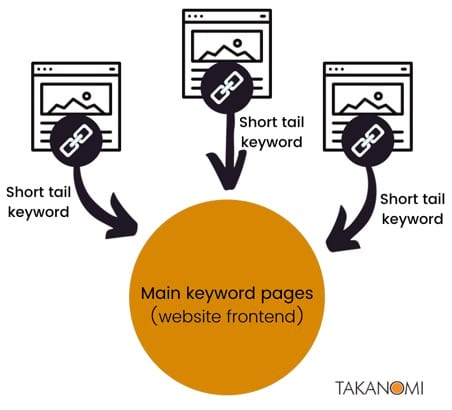
So link back to your frontend pages from within your posts, using those keywords and closely-related text, that help Google understand what those pages are about so that they can rank them appropriately.
As your blog posts focus on the same niche, albeit with a tendency towards long tail keywords, such links have a high level of relevancy, boosting the authority of your whole site as a whole.
And if you’re also publishing content on third-party sites (see (8) above), on occasion linking back to your frontend pages, you become difficult to compete with, and are likely to only see your rankings and traffic continue to increase over time.
You just have to stick at it.
Frequently Asked Questions
How can I start increasing organic search traffic?
Start by setting up a blog on your site and publishing valuable, consistent posts to attract organic traffic.
Why is keyword research crucial for increasing organic search traffic?
Researching keywords helps align your content with what people are searching for, ensuring relevance and visibility.
What is the importance of internal linking for organic search traffic?
Internal links between posts help Google understand your content better, improving your site's overall search visibility.
How can I optimize my content for search engines?
Optimize by providing value, using relevant keywords in URLs, titles, content, and meta tags, and adding internal links.
Why should I improve user experience to increase organic search traffic?
Improving user experience enhances site appeal to visitors and boosts search engine rankings for increased organic traffic.
To Conclude
Knowing how to increase organic search traffic is essential. Between half and three-quarters (for B2B) of all organic traffic comes from search.
This post has given you 13 ways to increase your own organic traffic from search, focusing on a strategy of consistent blogging combined with effective SEO, including driving search traffic back to your main frontend pages.
Over time, you develop a hugely powerful and valuable asset that delivers increasing rewards and makes it harder for others to compete.
